Google Pixel 3a XL review: More than enough for business use
Google has made cuts in all the right places to make the Pixel 3a XL a no brainer for the office
The cuts are in all the right places, and Google has just set a new benchmark for how ‘lite’ versions of handsets should be done.
-
+
Well planned cuts on the Pixel 3 XL; Same excellent camera; Clean Android 9 experience with early updates
-
-
Pixel 3a is even cheaper; No expandable storage

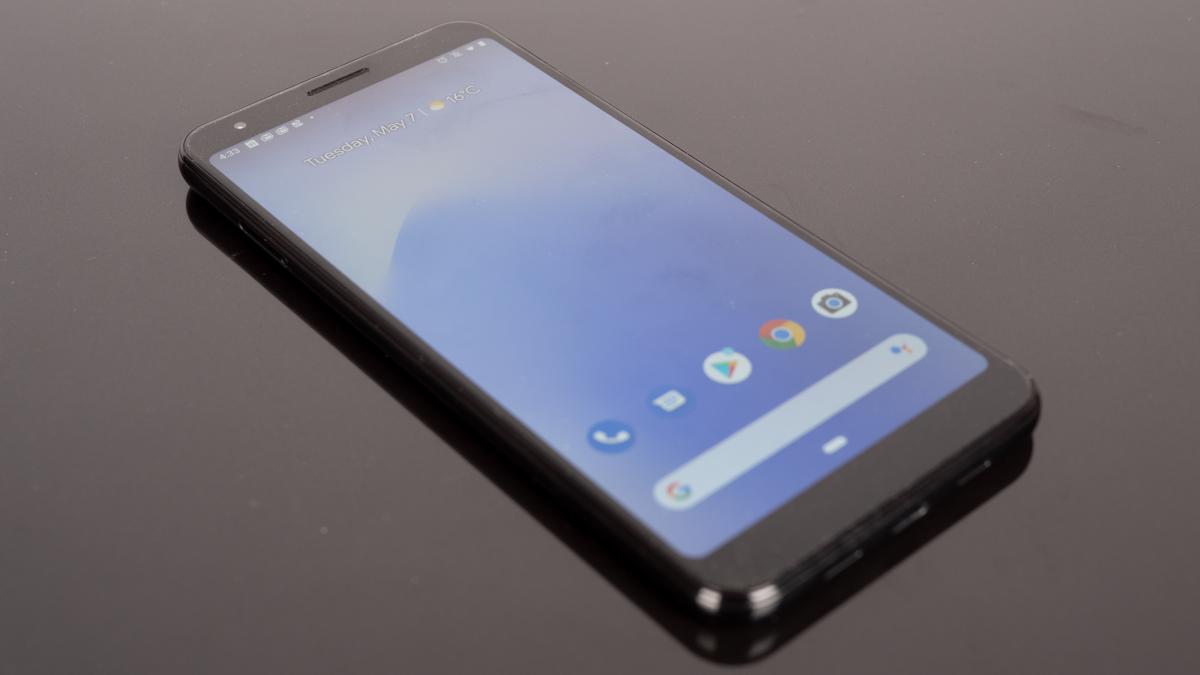
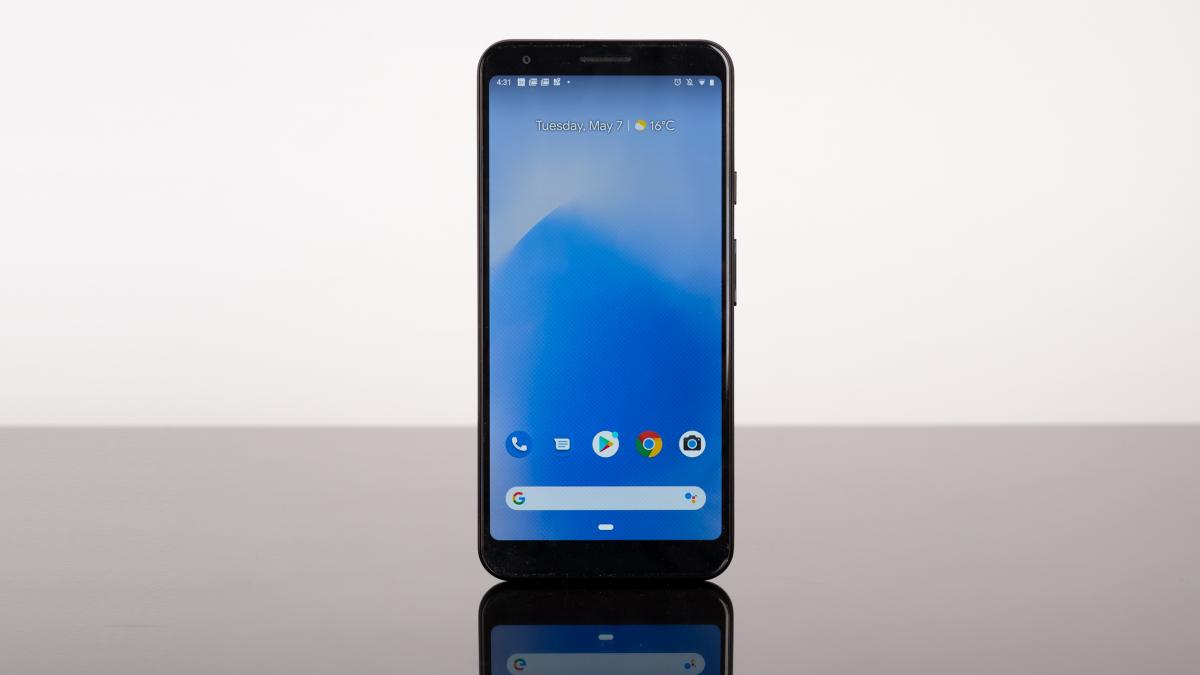
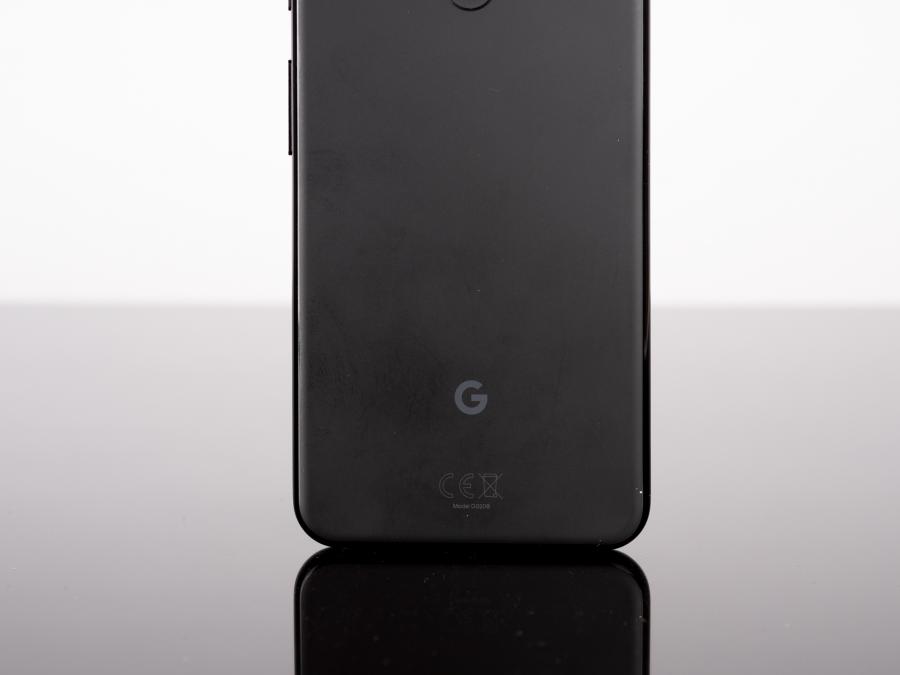
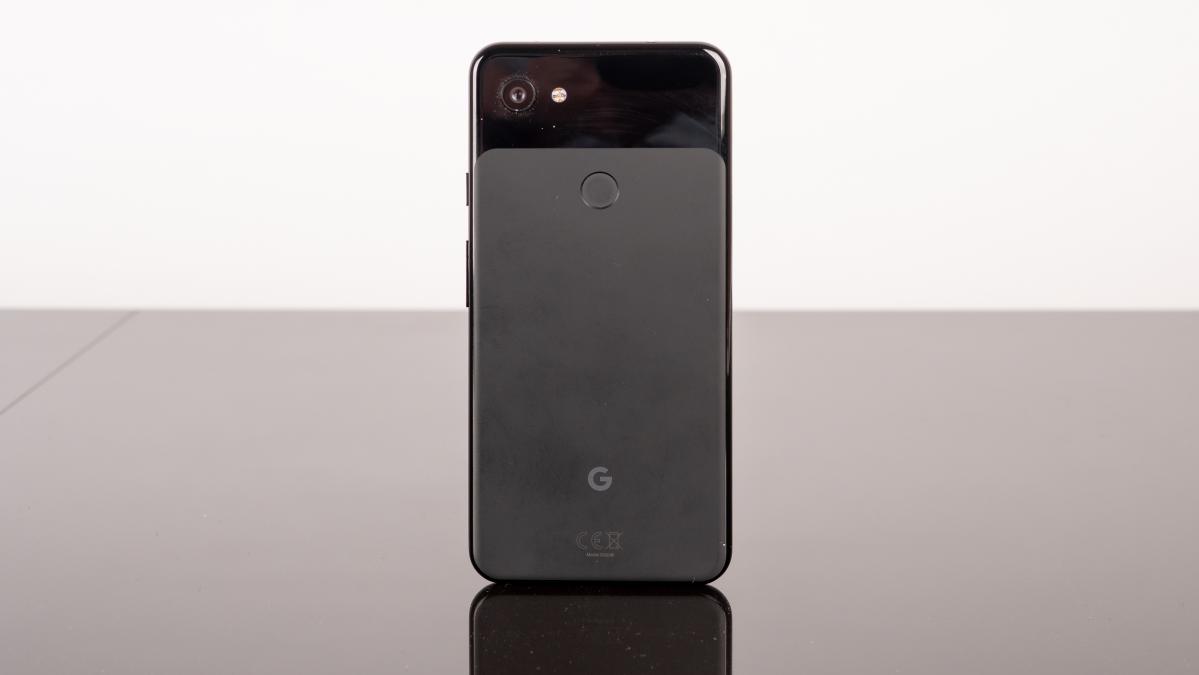
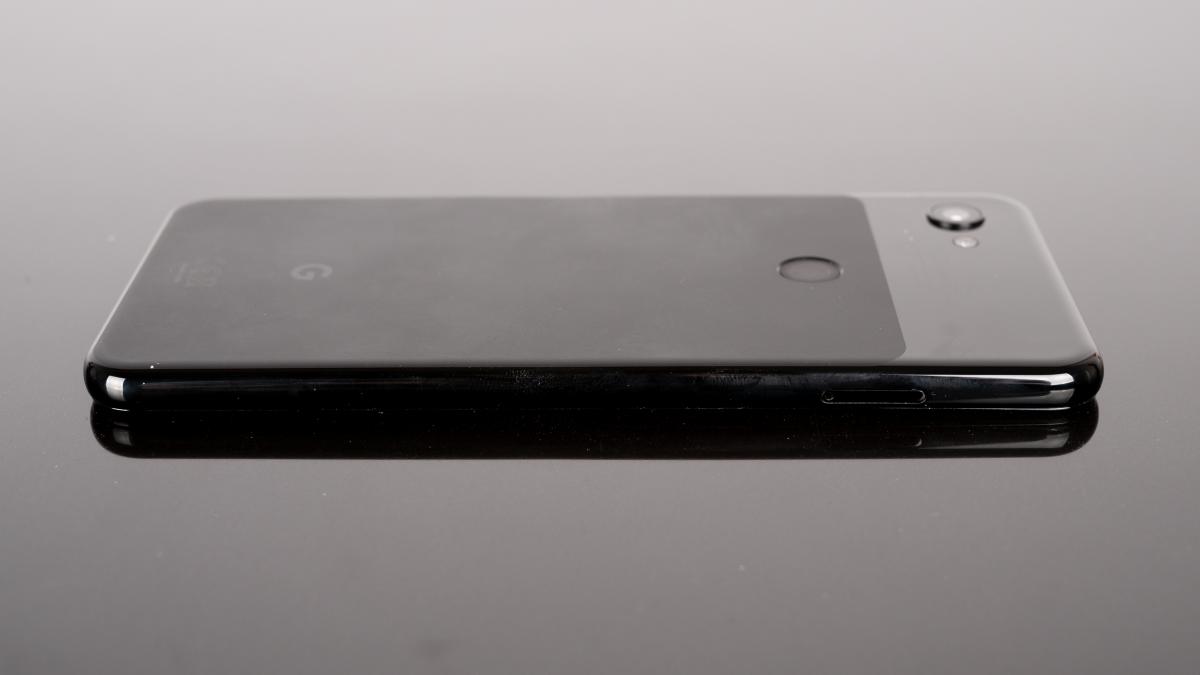
Last year, we reviewed the Pixel 3 XL, and gave it a glowing endorsement. There was one major drawback: even with the VAT-free business price, the Pixel 3 XL is an expensive handset, starting at 724.17.
The Pixel 3a XL manages to lop 46% off that price, but somehow leaves us with a device that is, for most people's needs, barely any weaker. This is how you make a 'lite' handset and other manufacturers should take note.
Google Pixel 3a XL: Design
One of the few drawbacks of the Pixel 3 XL was its design. While perfectly functional, it had one of the biggest 'notches' we've ever seen for the front-facing camera, and was weirdly asymmetrical with a far wider chin bezel at the bottom than at the top.
Oddly, it's one of the Pixel 3a XL's cuts that makes it look better: there's only one front-facing camera here, meaning you lose the ability to take in wider scenes from the front, but also lose the notch entirely. Yes, that means there's more bezel, but somehow it looks all the better for it.
Another change with the design is the material it's made from. While the Pixel 3 XL was all glass and metal, the back on the 3a XL is polycarbonate plastic. Yes, it feels a bit cheaper (because it is), but it's still comfortable in the hand and looks the part. This change does mean that wireless charging isn't supported, however, which in turn means that the Pixel Stand is an accessory that just won't work with the 3a family.

Another change which is both a blessing and a curse: the Pixel 3a XL welcomes back the 3.5mm headphone jack. On the surface, this is excellent news as you no longer have to rely on Bluetooth headphones or an easily losable adapter, but it does no doubt contribute to the Pixel 3a XL losing its IP68 water-resistance rating, meaning Google makes no guarantee of its ability to withstand a soaking.
It also uses Asahi Glass' Dragontrail glass rather than the usual Gorilla Glass. It feels the same on initial assessment, but obviously its long-term ability to withstand scratches may differ.
Finally, it's a bit smaller than the 6.2in Pixel 3 XL, coming in at 6in across. Whether you see that as an improvement or a drawback depends on how you feel about big handsets, but it does potentially make the 5.6in Pixel 3a look more appealing, if you want to save 58. You wouldn't really call the Pixel 3a XL 'extra large' in any real sense, any more.
Everything else is the same, which is basically good but does come with the same problem as every other Pixel device: there's no expandable storage. That means that the 64GB internal storage space the Pixel 3a XL comes with is all you'll ever have - and there are no configurations with more to opt for, either.
Google Pixel 3a XL: Display
Perhaps surprisingly for a cheaper phone, Google doesn't opt for LCD tech, instead using the same OLED panel technology found in the Pixel 3 XL. No, it isn't HDR-certified, but it's still an excellent 1,080p screen.

How excellent? Well, it reaches a decent 415cd/m2 brightness for a start, but the real achievement is in the screen performance. In the 'natural' setting, coverage of the sRGB gamut is amongst the best we've measured, and the average Delta E of 1.34 is very impressive too.
In short, this is a far better screen than you've any right to expect for the price, and it's a credit to Google that it hasn't cut any corners here.
Google Pixel 3a XL: Specs and performance
Where it has cut corners is in what's powering the handset, of course. While the two flagship Pixel 3 handsets use Qualcomm's top-end chip from 2018 -- the Snapdragon 845 -- the Pixel 3a and 3a XL both make do with the midrange Snapdragon 670: an octa-core chip clocked at 2GHz. All four have 4GB RAM.
So how does it do? Pretty well, actually. While clearly no match for the Snapdragon 845, the Pixel 3a XL feels perfectly snappy in day-to-day use. On Geekbench 4, the Pixel 3a managed 1,619 in single-core use and 5,168 in multi-core -- the Pixel 3 XL got 2,370 and 8,343, respectively.
So it's undoubtedly a weaker chip, but perhaps not weak enough for you to notice, depending on how you use the phone. Although you likely won't be using the Pixel 3a XL for gaming, it's a useful benchmark and here we found it managed a very respectable 29fps on the tricky GFXBench Manhattan test; a score only slightly dampened by the fact that the original Pixel 3 XL managed 83fps.
Google Pixel 3a XL: Battery life
Despite having a slightly smaller screen, the Pixel 3a XL manages to fit in a bigger battery than the original Pixel 3 XL: 3,700mAh to 3,430mAh. That, presumably combined with a smaller screen to run and a less power-hungry processor, results in battery life that's much improved.

While the Pixel 3 XL lasted 13hrs 8mins in our battery test, the Pixel 3a XL added a whole three hours to this, coming in at 16hrs 58mins. That's not the best battery life we've ever seen, but it should be fine for most people's needs.
Google Pixel 3a XL: Camera
We don't typically comment much on smartphone cameras at IT Pro: their business use still isn't that clear. But given so much of the Pixel family's appeal is in the camera, it would be wrong not to mention it at all.
And the key thing is that Google hasn't cut any corners here, either. You have exactly the same 12.2-megapixel camera with a f/1.8 aperture, dual-LED flash and optical image stabilisation. That means you get the same superb results as the Pixel 3 XL -- which is among the best smartphone cameras out there. Pictures are sharp, with a nice, natural colour balance and they're packed with detail. Most phones can manage that outdoors in good lighting conditions, but the Pixel 3a XL copes admirably in darker lighting too.
It can't shoot 4K video at 60fps - but then neither could the original Pixel 3 XL. If that's important to you, you should look to the iPhone Xs or the OnePlus 6T.
Google Pixel 3a XL: Features
One of the best things about buying a Google phone is the software -- not just Android, which obviously powers the vast majority of smartphones, but the apps and environment. The Pixel range use a unique custom UI, dubbed the Pixel Launcher, which is different to 'stock' Android but follows the same ethos of simplicity and functionality. Here, Google excels: it's a very clean, pure experience, without any bloatware to speak of.

And because it's a Pixel phone, you'll be first in line for updates and security patches, which is quite a big deal for business use. Previously you had to pay top dollar for that privilege, but the Pixel 3a family has just made that a whole lot more affordable.
Of course, it's very Google-centric with email from Gmail, web browsing via Chrome, storage via Google Drive and cloud photo storage via Google Photos. You may need to unpick that if you work for a Microsoft-favouring company.
Google Pixel 3a XL: Verdict
It's hard to see anything the Pixel 3a XL does wrong for the price. No, it's not as powerful as the flagships of last year, but it leaves the main strengths of the Pixel 3 XL untouched: the best-in-class camera and a smooth, bloat-free installation of Android, first in line for updates.
The fact that it does this for nearly half the price of the Pixel 3 XL is wonderful. The cuts are in all the right places, and Google has just set a new benchmark for how 'lite' versions of handsets should be done.
Verdict
The cuts are in all the right places, and Google has just set a new benchmark for how ‘lite’ versions of handsets should be done.
| Processor | 8-core Qualcomm Snapdragon 670 (4 x 2GHz, 4 x 1.7GHz) |
| RAM | 4GB |
| Screen size | 6in |
| Screen resolution | 1,080 x 2,160 |
| Pixel density | 402ppi |
| Screen type | OLED |
| Front camera | 8MP, f/2 |
| Rear camera | 12.2MP, f/1.8 |
| Flash | Dual LED |
| Dust and water resistance | No |
| 3.5mm headphone jack | Yes |
| Wireless charging | No |
| USB connection type | USB Type-C |
| Storage options | 64GB |
| Memory card slot (supplied) | No |
| Wi-Fi | 802.11ac |
| Bluetooth | 5, LE |
| NFC | Yes |
| Cellular data | 4G, Cat11 (600Mbits/sec DL; 75Mbits/sec upload) |
| Dual SIM | No |
| Dimensions (WDH) | 76 x 8.2 x 160mm |
| Weight | 167g |
| Operating system | Anroid 9 Pie (Pixel launcher) |
| Battery size | 3,700mAh |
Get the ITPro daily newsletter
Sign up today and you will receive a free copy of our Future Focus 2025 report - the leading guidance on AI, cybersecurity and other IT challenges as per 700+ senior executives
After a false career start producing flash games, Alan Martin has been writing about phones, wearables and internet culture for over a decade with bylines all over the web and print.
Previously Deputy Editor of Alphr, he turned freelance in 2018 and his words can now be found all over the web, on the likes of Tom's Guide, The i, TechRadar, NME, Gizmodo, Coach, T3, The New Statesman and ShortList, as well as in the odd magazine and newspaper.
He's rarely seen not wearing at least one smartwatch, can talk your ear off about political biographies, and is a long-suffering fan of Derby County FC (which, on balance, he'd rather not talk about). He lives in London, right at the bottom of the Northern Line, long after you think it ends.
You can find Alan tweeting at @alan_p_martin, or email him at mralanpmartin@gmail.com.
-
 ‘Phishing kits are a force multiplier': Cheap cyber crime kits can be bought on the dark web for less than $25 – and experts warn it’s lowering the barrier of entry for amateur hackers
‘Phishing kits are a force multiplier': Cheap cyber crime kits can be bought on the dark web for less than $25 – and experts warn it’s lowering the barrier of entry for amateur hackersNews Research from NordVPN shows phishing kits are now widely available on the dark web and via messaging apps like Telegram, and are often selling for less than $25.
By Emma Woollacott Published
-
 Redis unveils new tools for developers working on AI applications
Redis unveils new tools for developers working on AI applicationsNews Redis has announced new tools aimed at making it easier for AI developers to build applications and optimize large language model (LLM) outputs.
By Ross Kelly Published
-
 Google layoffs continue with "hundreds" cut from Chrome, Android, and Pixel teams
Google layoffs continue with "hundreds" cut from Chrome, Android, and Pixel teamsNews The tech giant's efficiency drive enters a third year with devices teams the latest target
By Bobby Hellard Published